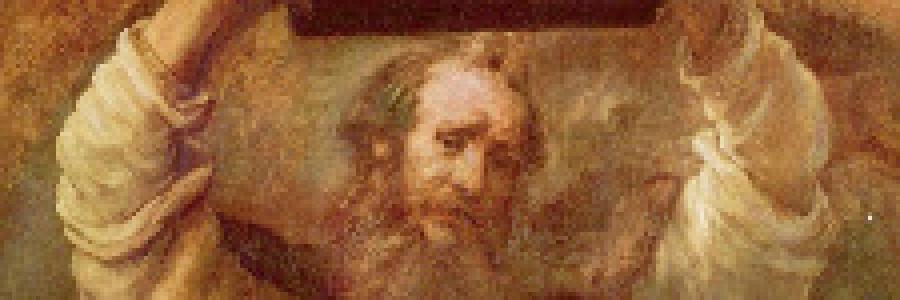Book -- Counting the Cost: Christian Perspectives on Capitalism
Body
“For some who dislike free market economics, capitalism is responsible for everything that is wrong with the world. For some who prefer a free market, capitalism is the sum of all the world’s goodness.” IFWE


Discussion